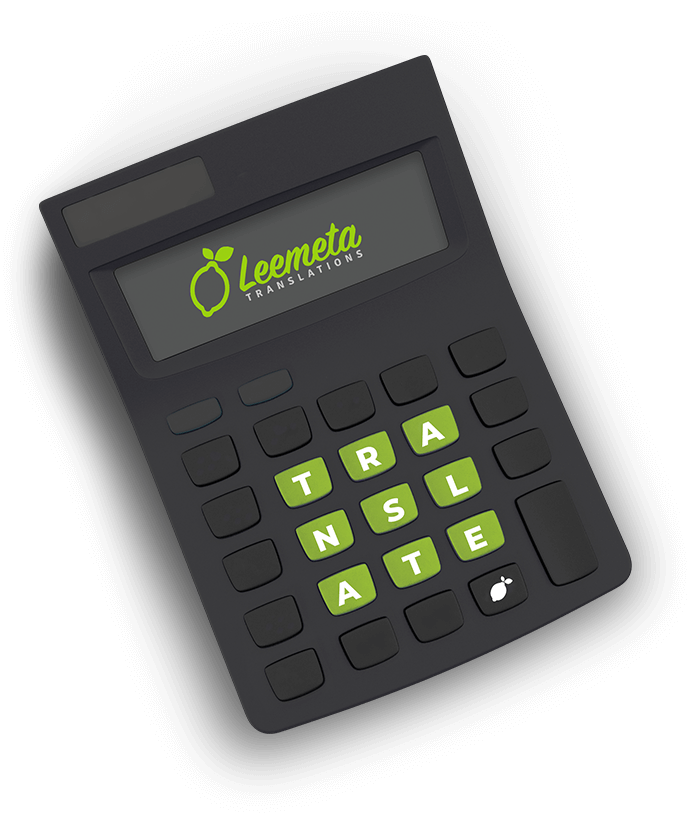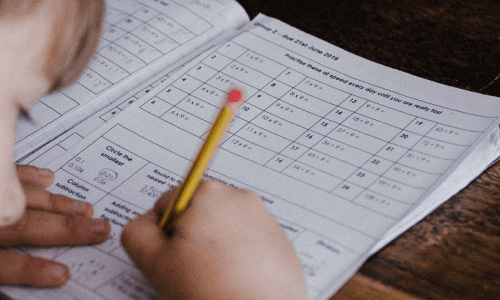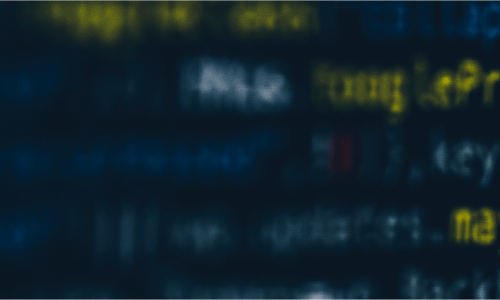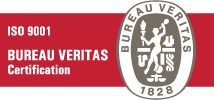Let’s talk about a distinctive feature of the German language that often fascinates, confuses, or even terrifies learners: the umlaut. Represented by the familiar dots over the letters ä, ö, and ü, umlauts are much more than decorative marks. They carry meaning, create entirely new sounds, and can make the difference between two very different words – like fordern (to demand) and fördern (to promote), or zahlen (to pay) and zählen (to count).
But where do these mysterious dots come from? What do they mean? And why are they so important in German? Let’s dive into the world of umlauts and unravel their history, purpose, and quirks.
What Is an Umlaut?
An umlaut is essentially a blending of two vowels into one new sound. The letters ä, ö, and ü are formed by combining:
- a + e = ä
- o + e = ö
- u + e = ü
The term “umlaut” literally translates to “around sound” and describes how one vowel shifts its pronunciation to resemble another. While the two dots above these letters are a hallmark of German, this diacritical mark isn’t exclusive to the language. You’ll also spot similar symbols in other languages, like:
- French (noël, meaning Christmas),
- Spanish (pingüino, meaning penguin),
- Dutch (ruïne, meaning ruin),
- Luxembourgish (Gär geschitt!, meaning done My pleasure! or You're welcome).
However, in these languages, the two dots (called a diaeresis) typically indicate that two vowels should be pronounced separately, not blended. In German, they serve a unique purpose—changing both the sound and meaning of words.
For our Scandinavian friends, the umlaut has a cousin: the letter ø, used in Danish and Norwegian to represent a sound similar to the German ö.
Where Did Umlauts Come From?
The story of the umlaut traces back to the early development of the German language. The term was popularized by Jacob Grimm (yes, one of the famous Grimm Brothers), who described it as a "vowel shift." In Old High German, the word for “hand" was Hant, and its plural was Hanti. The i in the ending influenced the vowel in the root, morphing Hanti into Hände over time.
This process, known as i-mutation, caused vowels to shift depending on surrounding sounds, eventually giving rise to the umlauts we know today. However, not all umlauts come from this process – some arose from analogies and patterns that developed later in the language.
How Did the Umlaut Symbol Evolve?
In medieval Germany, Latin was the dominant written language. When German speakers began writing their native language, they borrowed the Latin alphabet, which lacked symbols for some German sounds. By the 15th century, scribes found a creative solution: they placed a small e above a vowel to indicate the umlaut sound.
For example:
- Instead of Haende, they wrote Hände.
- Instead of Goethe, they wrote Göthe.
As time went on, practicality (and perhaps laziness) simplified the written form. In late Gothic script, the e began to look more like two small strokes or dots above the vowel. By the 18th century, this shorthand had become the two dots we see today.
Why Are Umlauts Important?
Umlauts aren’t just decorative – they’re essential to understanding and speaking German. They change how words sound and what they mean. Consider these examples:
- Garen (to cook) vs. Gären (to ferment)
- Schon (already) vs. Schön (beautiful)
- Mutter (mother) vs. Mütter (mothers)
Pronouncing or spelling these words incorrectly could lead to some awkward (or hilarious) misunderstandings!
Fun Fact: Umlauts Beyond German
While umlauts are a hallmark of the German language, they’ve found their way into pop culture and branding, especially in English-speaking countries. For instance, heavy metal bands like Mötley Crüe and Motörhead use umlauts in their names, not for linguistic accuracy but for visual and stylistic flair.
Mastering the Umlaut
For English speakers learning German, umlauts can seem daunting. The sounds are often unfamiliar, and they require practice to pronounce correctly. Here are some tips:
- Ä: Think of the a in "cat" but round your lips slightly.
- Ö: Start with the o in "word" but keep your lips rounded.
- Ü: Say the ee in "see" but round your lips as if saying "oo."
While it takes time to perfect, learning the umlaut will help you sound more natural and avoid confusion when speaking German.
A Linguistic Treasure
The umlaut is more than just two dots – it’s a window into the evolution of the German language, a tool for precision, and a cultural icon. Whether you’re deciphering German grammar or simply marvelling at the artistry of language, the umlaut is a fascinating feature that reminds us of how sounds and symbols shape communication.
So, the next time you see ä, ö, or ü, tip your hat to centuries of linguistic ingenuity – and maybe practice rolling a few umlauts yourself!












